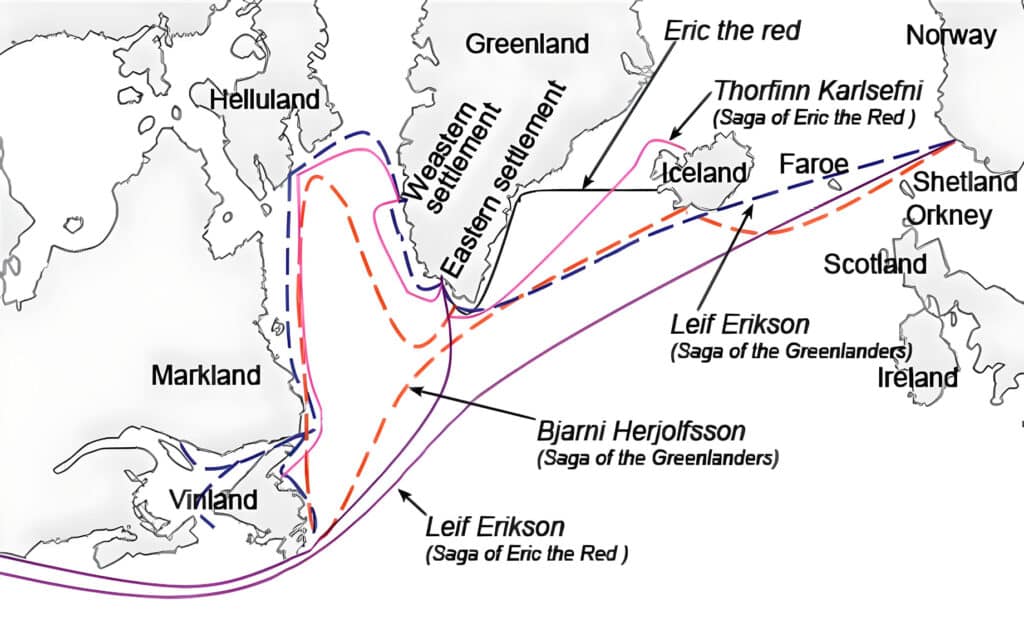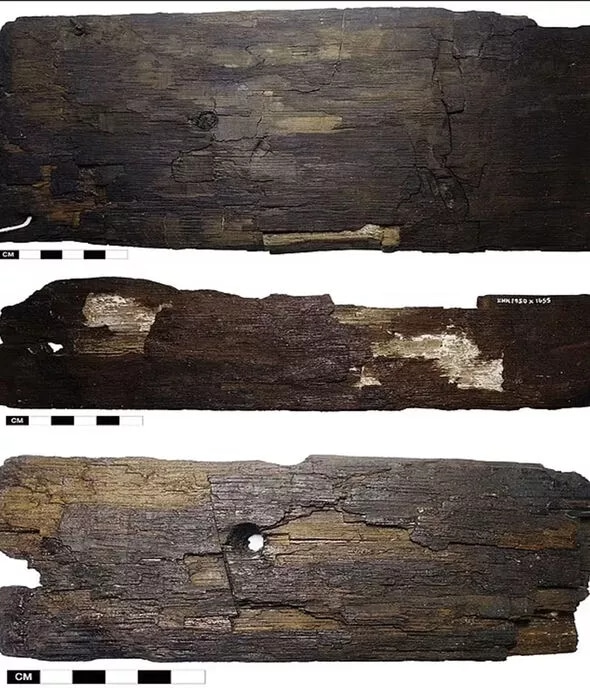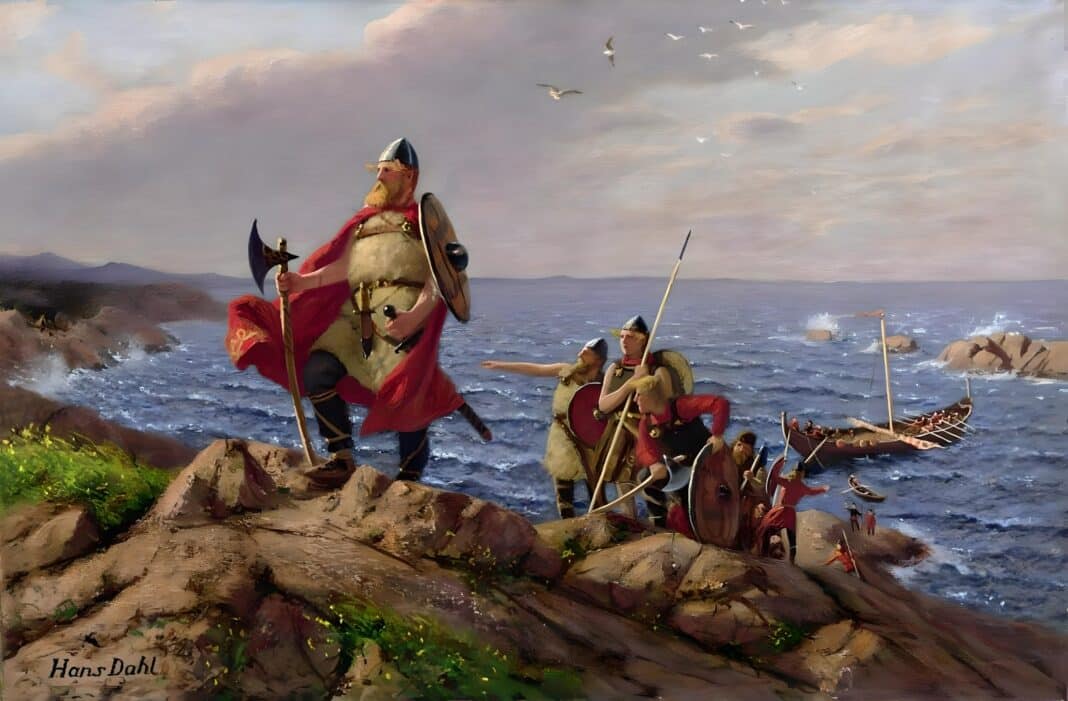The Vikings arrived in the Americas more than 500 years before Christopher Columbus landed in the New World – with evidence suggesting that they may have brought tree species back to Europe.
That is according to a new study from the University of Iceland, which used tree ring analysis to determine that the Vikings may have visited North America as early as 1000 AD.
As reported by the UK Daily Express, the new find has “stunned archaeologists;” and could support the existence of Vinland, believed to be along the Gulf of St Lawrence near Novia Scotia.
Vinland is the name given to the lands explored and briefly settled by Leif Erikson and the Norse Vikings in North America around 1000 AD – as reported in Saga of Erik the Red and the Saga of the Greenlanders.
The original saga is thought to have been written in the 13th century and preserved in different versions in two manuscripts: Hauksbók (14th century) and Skálholtsbók (15th century). Despite its title, the saga mainly chronicles the life and expedition of Thorfinn Karlsefni and his wife Gudrid, also recounted in the Saga of the Greenlanders.

Archaeologists have been analysing wood from five Norse sites in western Greenland, concluding that tree species must have been imported from the Americas, “as the species did not exist in Northern Europe until well into the second millennium.”
The species include Hemlock and Jack Pine, with the Vikings introducing the species from the ancient Vinland offering the only solution.
Jack Pine grows naturally around the Mackenzie River, Nova Scotia and New England, while Hemlock grows near Quebec, New Brunswick, Prince Edward Island, Ontario and Nova Scotia.

Published in the science journal Antiquity, the researchers report that “these findings highlight that Norse Greenlanders had the means, knowledge and appropriate vessels to cross the Davis Strait to the east coast of North America, at least up until the fourteenth century.”
“As such, journeys were being made from Greenland to North America throughout the entirety of the period of Norse settlement in Greenland, and the Norse from North America were acquiring resources far longer than previously thought,” they conclude.
Historical records suggest that the Vikings occupied Greenland between 985 and 1450 AD and relied on materials like iron and wood to establish farmsteads and villages.

They used the timber for infrastructure projects, shipbuilding, and creating artefacts for which local trees were unsuitable. In the case of driftwood, it is for fuel and domestic purposes.
Archaeologists wanted to determine the proportion of foreign wood used by Vikings and where it came from.
Collecting samples from wood assemblages in four medium-sized elite farms and a bishop’s manor, researchers examined the cellular structure of the wood using microscopes to identify the tree species they came from.
Their analysis revealed that 0.27 per cent of the samples came from imported species from North America or Northern Europe.
Tree species that fell into the latter included oak, beech, and scots pine, which may have been old shop timber or parts of artefacts.
The analysis also found that almost a quarter of the samples were imported or arrived in Greenland as driftwood.
These results, the team said, confirm that Vikings had already established several trading routes across the northwestern Atlantic Ocean by the time Columbus came along.
They also corroborate stories passed down through Viking heritage that explorers like Leif Erikson did make daring journeys outside the known world.







